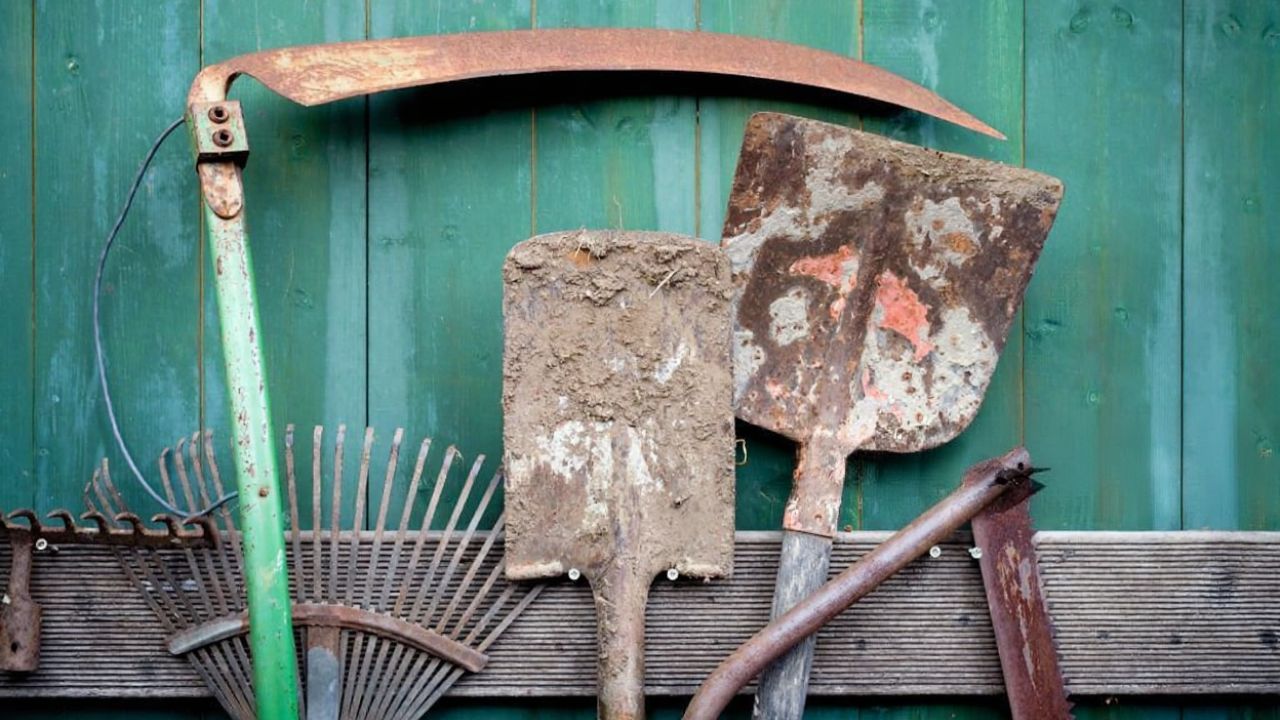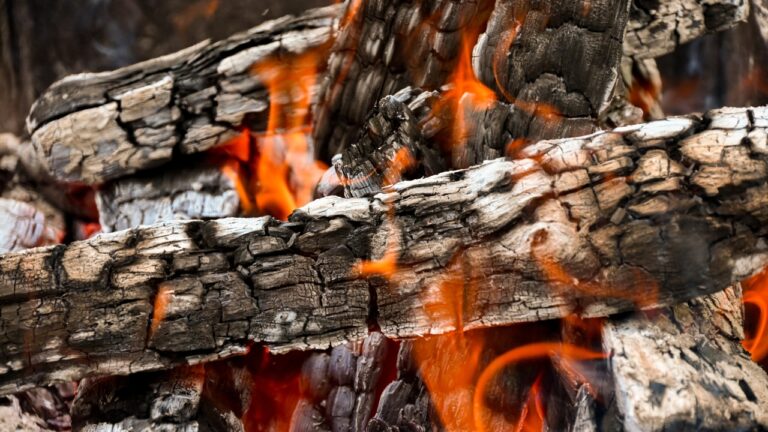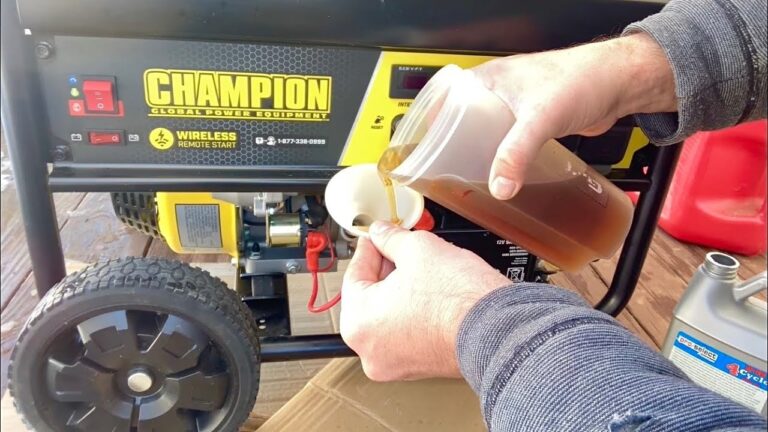What to prune after frost and what to leave alone
That first hard frost turns a lot of plants into brown mush overnight. It’s tempting to cut everything down, but not all plants like a fall haircut. Some benefit from leaving stems in place for winter protection and wildlife, while others really do need a cleanup.
Here’s a simple way to decide what gets pruned now and what can wait until late winter or spring.
1. Cut back soft, mushy annuals

Summer annuals that turn to mush after frost—zinnias, marigolds, basil, impatiens—can be pulled or cut at the base and composted if they’re disease-free. Leaving slimy stems in the bed invites rot and fungal issues. Clear these first so beds look tidier and are easier to mulch.
2. Remove clearly diseased foliage

If you’ve had problems with powdery mildew, blight, or leaf spots on things like tomatoes, peonies, or phlox, go ahead and cut and trash that foliage. Don’t compost diseased leaves. Taking them off the property (or bagging them for trash) helps lower the amount of disease hanging around next year.
3. Leave most ornamental grasses until late winter

Ornamental grasses often look beautiful through winter, catch snow, and provide habitat for birds. Most experts recommend leaving them standing until late winter or very early spring, then cutting them back before new growth emerges. Unless they’re flopping all over a path, let them ride.
4. Leave seed heads for birds and winter interest

Coneflowers, black-eyed Susans, and sedums look great with frosty seed heads and also feed birds. Instead of cutting them to the ground, you can trim them lightly if they’re broken, but leave most up until late winter. You get structure and free bird food out of the deal.
5. Cut back spent, floppy perennials that turn mushy

Hostas, some daylilies, and other perennials that collapse into a slimy mess can be cut back once they’ve been hit by frost. Cut close to the ground and remove the foliage. This keeps slugs and disease from having a cozy winter home.
6. Skip pruning spring-blooming shrubs now

Shrubs that bloom on old wood—like lilacs, forsythia, and many hydrangeas—shouldn’t be pruned heavily in fall or you’ll cut off next year’s flower buds. If you need to shape them, wait until right after they bloom in spring or early summer.
7. Lightly shape summer-blooming shrubs if needed

Many summer-blooming shrubs that flower on new wood (like some panicle hydrangeas or butterfly bush) can handle light shaping in fall, but most gardeners still prefer a late-winter/early-spring prune. For now, focus on removing dead or broken branches so winter storms don’t make things worse.
8. Do not cut back roses hard in fall

In colder climates, heavy pruning encourages tender new growth that winter can kill. Most rose care guides suggest waiting until late winter or early spring for major pruning, and just removing obviously dead or diseased canes in fall.
9. Never prune trees aggressively right before winter without a reason

Major tree pruning is usually better in late winter when the tree is dormant. Fall pruning can stimulate growth that winter will damage. Limit yourself to removing dead, dangerous, or crossing branches that could cause issues in storms, and leave structural pruning for a better time.
10. Clean your tools between plants

Whatever you do cut, clean pruners between diseased and healthy plants with a quick wipe of alcohol or a bleach solution. That small habit keeps you from spreading problems around the garden while you’re trying to fix them.
Like Fix It Homestead’s content? Be sure to follow us.
Here’s more from us:
10 things that make your house feel less welcoming without saying a word
10 Upgrades That Make Your House Look Fancier Than Your Neighbor’s
*This article was developed with AI-powered tools and has been carefully reviewed by our editors.







